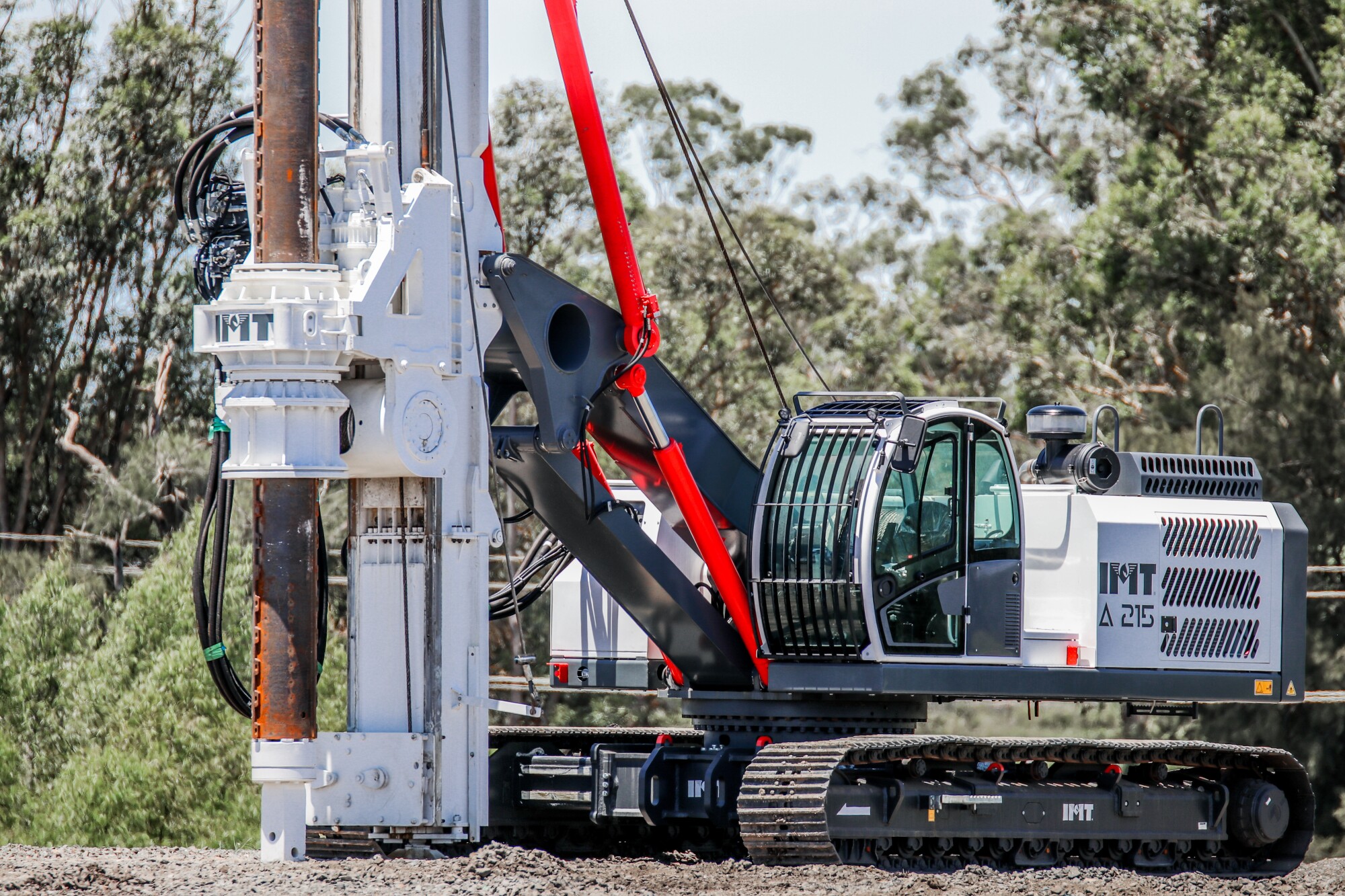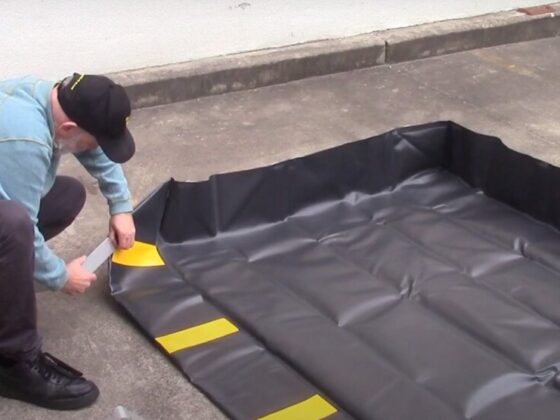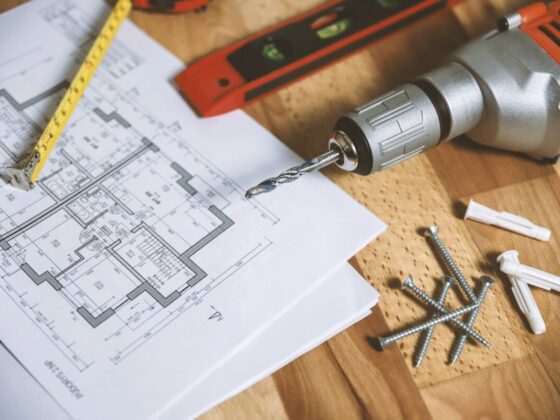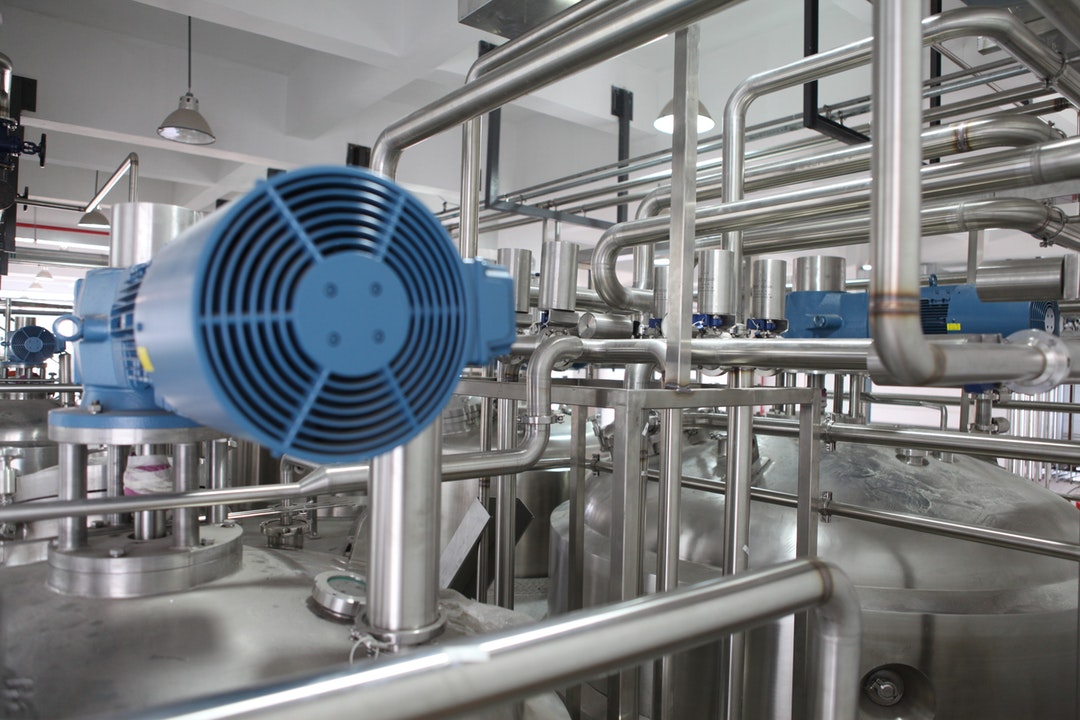Picture yourself out in the middle of an open field. You’re standing on top of a huge deposit of gold, oil, or precious gemstones. What would you do?
To extract this resource, you’re going to need to dig down to the layer where it lies. However, it’s not feasible to use the traditional vertical drilling method in this case.
Not to worry! There’s a solution called directional drilling. Read on to find out more about its methods, drilling equipment, how it works, and its various uses.
Let’s get into it!
What Is Directional Drilling?
Directional drilling is a technique used to dig horizontal or directional boreholes away from traditional drilling. This type of digging is used to access resources located in difficult-to-reach areas such as:
- Beneath bodies of water
- Tight corners
- Overburden
- Solid rock
It can also be used to re-enter a wellbore, enabling the rehabilitation of an old well or to go back in a different direction for further exploration. Its heads are designed to precisely control the angle of the borehole while still achieving the desired depth of the well.
It is well-suited for use in oil and gas, water, and geothermal energy extraction projects. In addition, it can also be used in certain mining and construction projects.
Lastly, it results in reduced environmental impact compared to common drilling. Since it consumes fewer resources, it is often simpler to run.
Different Types of Drilling Methods
Directional drilling involves digging a predetermined borehole along a specific direction. It is often used in conjunction with other drilling methods, such as:
Rotary Pneumatic
This method involves rotating a drill bit that uses pneumatic pressure to cut through rock and soil. It allows drillers to dig directional wells to complete the following:
- Water wells
- Soil exploration
- Environmental protection
In addition, rotary drilling is commonly used in HDD. It is where drillers can reach target areas without disrupting the local environment.
Cable
The cable method is often used to install cables and pipelines in places that are difficult to access with traditional equipment. This technique is great for reducing the amount of disruption to the landscape.
Additionally, this can be used for civil engineering works, as the cables can be buried under the surface. This can help prevent any undesirable eyesores for the workers.
Hydraulic Fracturing
Hydraulic can be used to explore potential sites and access reserves beyond conventional drilling capabilities. This approach involves the use of a specialized drilling rig and pumps to inject high-pressure hydraulic fluids into the well bore.
Further, it pushes and steers the well in the desired direction to help break up the strata and widen the well bore. This will reduce the risk of downhole collapses or shearing of the wellbore tubular.
Drilling Equipment and Tools Needed
Directional drilling is a technique used to drill curved or horizontal wells. This type of drilling requires specialized equipment and tools, including:
- Casing
- Drilling mud
- A downhole motor
- A pilot bit
With these tools, engineers can guide the drill bit and build the borehole at the desired angle. The drill bit is then steered and adjusted to the pre-selected target. This technique is often used to enhance production through access to unconventional reservoirs.
What Makes Directional Drilling Valuable?
The main purpose of directional drilling is to reach a target, which is usually below the surface of the earth. It is an economical and accurate way to reach subsurface targets.
Not only that! It can also be used for exploration projects by mining and energy companies. This is done to test the geologic formation and to identify areas for drilling that might lead to resources like oil, gas, and mineral deposits.
Moreover, it allows access to difficult areas that normal vertical wells can’t reach. Ultimately, it makes it possible to extract resources efficiently without having to go through the surface.
Disadvantages of Horizontal Drilling
The main advantage of directional drilling is that it allows multiple wells to be drilled from a single access site. However, compared to horizontal drilling, it can be quite expensive and time-consuming.
Some estimates suggest that it can take an entire day to drill a single borehole. In general, the deeper the hole, the more costly and labor-intensive the process becomes.
Additionally, it can create various technical risks due to the complexities associated with controlling a curved borehole to properly orient the target. Finally, the accuracy of the data that can be collected is not as reliable as that of traditional drilling.
Cost of Buying New vs Used Equipment
The cost of buying these types of equipment can be expensive. But purchasing new vs used equipment is a complicated decision. New directional drilling equipment may have greater potential for long-term cost savings.
On the contrary, buying used ones can significantly reduce initial costs. Having new equipment may come with fewer service and maintenance costs. This gives better performance and lower costs in the long run.
However, the cost of used machinery can be subject to a wider range of variables, including age, maintenance, and service records. If you’re considering buying second-hand items, you may view used ditchwitch here to get an idea of how much it would cost you.
The Future of Directional Drilling Technology
The success of directional drilling technology is very exciting. Advances in software and robotics are making the process faster and more accurate. New types of drills are helping to increase the efficiency of jobs.
As more companies invest in this innovation, we can expect even greater capabilities, faster work, and better overall results in the future. Overall, this is set to revolutionize the way energy resources are harvested and pave the way for a greener future.
A Basic Guide to Directional Drilling
Directional drilling is a cost-effective, time-efficient solution to difficult digging challenges. It provides the ability to drill in directional paths varying in complexity for a wide range of applications.
It is an increasingly popular form of drilling due to the safety, cost, and time savings of this type of drilling. Investigate your options today and start saving money and resources.
Did you find this article helpful? Check out the rest of our blog now!












